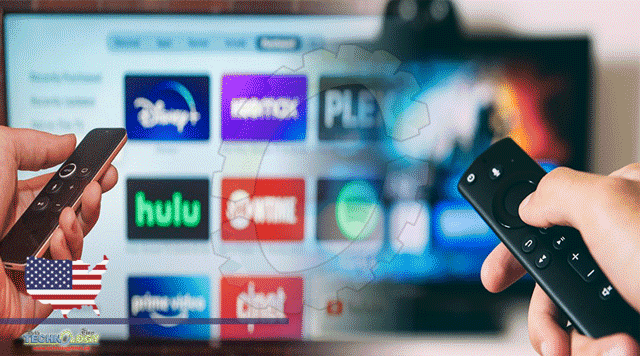Many Streaming Video Lovers Binged On Services During The Coronavirus Pandemic And Are Looking To Cut Back On Some Subscriptions.

- Streaming Video May Be Undergoing A Post-Pandemic Shift.
The Uptick In New Streaming Subscriptions Has Slowed As COVID-19 Restrictions Began To Ease This Spring. The number of U.S. homes taking out a new subscription dropped to 3.9% in the April-June 2021 period, down from 12.9% in the same period a year ago, finds Kantar Entertainment on Demand data. That’s the lowest new subscription rate since the consulting firm launched the tracker in the first quarter of 2020.
Still, U.S. homes with streaming subscriptions remained constant at 75%, translating to about 95.8 million households with subscriptions, Kantar says.
Many Streaming Video Lovers Binged On Services During The Coronavirus Pandemic And Are Looking To Cut Back On Some Subscriptions. On the rise: homes with three or more subscriptions – some paid and bundled, others on a trial basis or used with a borrowed password – up to 52%, compared to 45% a year ago, according to a survey of 4,000 U.S. internet users from earlier this year by London-based Ampere Analysis.
And more than one-fourth (29%) of homes have access to five or more services, Ampere Analysis found. That has many thinking they need to lessen the subscription load. With at least seven apps including YouTube TV and ESPN+, Andre Montgomery, a human resources executive in District Heights, Maryland, said his “total bill is starting to get as high as the cable service I had. I’m looking to pare down, but not sure which apps give me the best bang for the buck.”
During the pandemic, Dennis Gastineau of El Prado, New Mexico, says he doubled his streaming subscriptions from three (Hulu, Netflix and Amazon Prime Video) to six, adding Acorn TV, BritBox, and HBO Max to watch shows such as “The Flight Attendant” (HBO Max) and “Ms. Fisher’s Modern Murder Mysteries.” (Acorn).
And now, though Gastineau plans to cut back, but “choosing which to drop is difficult,” he said. “As we settle into retirement and moving about, we’re just seeing what we can access away from our primary cable service and with what frequency we use it. We also want to avoid a proliferation of services which WILL get costly,” he said in an email conversation.
Consumers seem to be in the mood to trim. Among subscribers looking to change their services, 32% said they were planning to cancel one in the first half of 2021, according to the Screen Engine/ASI General Entertainment & Technology tracker, which tracks about 3,000 U.S. general entertainment consumers. That’s up from 26% in the second half of 2020.
Among the top reasons for considering a cancellation or downgrade in streaming service: excessive costs, the need to cut expenses, a service losing some favorite content, and a specific show ending.
If you think you need to cut back, try “app hopping,” which includes bingeing a service during the trial period and cancelling before the first payment hits your credit card. One-fourth (26%) of adult U.S. streaming consumers do this at least a couple times a year, said Michael Greeson of The Diffusion Group, citing preliminary research that suggests the practice is catching on.
Another “app hopping” strategy used: Signing up for a specific sport’s season or event and then canceling the service at its end at least a couple of times a year, which about 13% do, he said.
This news was originally published at USA Today.
